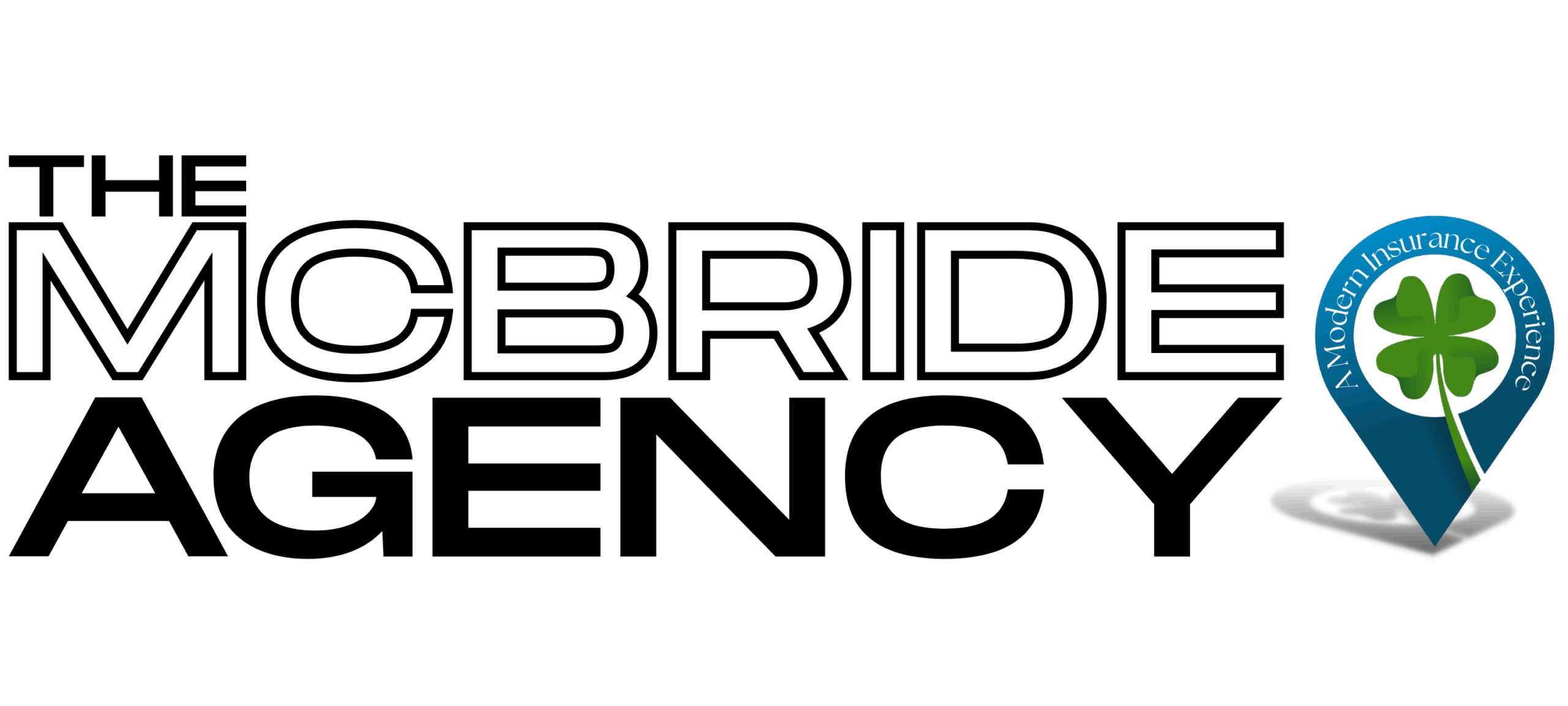Homeowners insurance for older homes is a unique and important consideration. For many, an older home is not just a residence but a piece of history, requiring special care and protection. Navigating the complexities of insuring these treasures can be daunting, but it’s crucial for preserving their legacy.
In this article, you will learn:
- The specific challenges older homes present for insurance.
- Factors that impact insurance policies for older homes.
- Strategies to find the most suitable insurance coverage.
With the right knowledge and approach, securing homeowners insurance for your older home can be a seamless and rewarding process.
Why Older Homes Need Special Insurance Considerations
Older homes hold a distinct charm and historical value, but they also bring unique challenges to homeowners insurance. These residences are more than just structures; they are part of our heritage, often showcasing rare architectural details and materials not found in modern homes. This distinctiveness, while valuable, introduces specific insurance considerations.
The materials and building methods in older homes might be obsolete, leading to an increased likelihood of damage. Many of these homes have electrical and plumbing systems that don’t meet current safety standards, heightening the risk of fire or water damage. Moreover, repairing such homes often requires specialized workers and materials, significantly increasing restoration costs.
Additionally, the cost to rebuild an older home in the event of total loss can surpass its market value. Insurance companies base premiums on the rebuild cost of a home. For older properties, this means considering the expense of unique labor and materials needed to restore the home’s original character, resulting in higher insurance rates.
Older homes may also fall under stringent building codes and historical preservation rules. These can restrict repair and renovation options and might necessitate extra insurance coverage to adhere to these regulations.
For homeowners of older properties, grasping these complexities is vital to ensure they obtain comprehensive coverage. Without it, they risk facing unforeseen expenses or inadequate protection in case of damage or loss. Making home insurance for older homes difficult to find.
Factors Affecting Homeowners Insurance for Older Homes
When insuring older homes, several key factors come into play, influencing both the availability and cost of coverage. Understanding these elements is crucial for homeowners to secure appropriate and affordable insurance.
Age and Condition of the Home: The age of your home is a primary factor. Older homes, especially those over a century old, pose a higher risk for insurance companies due to the likelihood of outdated construction and wear and tear. The condition of the home also plays a significant role. Homes that have been well-maintained or have undergone renovations to update essential systems (like plumbing or electrical) are viewed more favorably by insurers.
Replacement Cost vs. Actual Cash Value: Another critical consideration is the choice between replacement cost coverage and actual cash value coverage. Replacement cost coverage pays for the cost to rebuild your home at current prices, without depreciation, which can be significantly higher for older homes due to unique architectural details. Actual cash value coverage, meanwhile, factors in depreciation and typically results in a lower payout in case of a claim.
Risk of Outdated Systems: Older homes often have outdated electrical, plumbing, and HVAC systems, which increase the risk of fires, water damage, and other issues. Homes with these original systems may face higher premiums or difficulties finding coverage. Updating these systems can not only make your home safer but also more insurable.
For homeowners of older homes, assessing these factors is vital in finding the right insurance. Understanding the unique aspects of your home helps in negotiating with insurance providers and ensures that your home is protected with a policy that meets your specific needs.
Challenges for Home Insurance For Older Homes
Securing home insurance for older homes can be more complicated than for newer ones, presenting several challenges for homeowners. These challenges often stem from the inherent characteristics of older properties and the perceived risks by insurance companies.
Difficulty in Finding Coverage: Due to the increased risk of issues like electrical fires or plumbing leaks, some insurance companies are hesitant to cover older homes, or they may offer coverage at a higher premium. This reluctance is often due to the outdated construction methods and materials used in these homes, which are typically more vulnerable to damage.
Higher Premiums and Limited Coverage Options: When coverage is available, it often comes at a higher cost. Insurers might charge more to account for the potentially high cost of repairs or restoration, especially if the home contains historical or architectural features that require specialized attention. In addition to higher premiums, the coverage options available might be limited, excluding certain types of damage or requiring a higher deductible.
Importance of Detailed Home Inspections: Before insuring an older home, insurance companies usually require a thorough inspection. These inspections assess the condition of the home, focusing on key areas like the roof, foundation, plumbing, electrical systems, and HVAC. Inspections help identify potential issues that could lead to insurance claims, and they might uncover necessary repairs or updates that homeowners need to address to qualify for insurance.
Navigating these challenges requires diligence and often, a willingness to invest in home improvements. For homeowners of older properties, understanding these hurdles is the first step towards finding the right insurance solution that provides adequate protection and peace of mind.
Tips to Find the Best Insurance Options for Older Homes
Navigating the complexities of insuring an older home can be challenging, but with the right approach, homeowners can find policies that offer both comprehensive coverage and value. Here are some tips to guide you in this process:
Comparing Different Insurance Policies: It’s essential to shop around and compare policies from various insurers. Look beyond just the premiums and evaluate what each policy covers and excludes. Pay special attention to coverage limits, deductibles, and any clauses specific to older homes. Utilize online comparison tools or work with an insurance broker who can help you understand the nuances of each policy.
Home Improvements to Reduce Insurance Costs: Updating key aspects of your older home can significantly lower insurance costs. Consider upgrading electrical, plumbing, and HVAC systems to modern standards. Not only do these improvements reduce the risk of damage (and thereby the likelihood of claims), but they also make your home more attractive to insurers. Additionally, reinforcing the roof, improving fire safety, and installing security systems can further lower insurance premiums.
Consulting with Insurance Experts Specializing in Older Homes: Some insurance agents and companies specialize in insuring older or historic homes. These experts can provide valuable insights into the specific needs and challenges of your property. They can also suggest insurers who are more receptive to covering older homes and offer tailored advice on how to balance coverage and cost effectively.
Implementing these strategies can lead to more favorable insurance options for your older home. The key is to be proactive, informed, and willing to invest in improvements that make your home safer and more insurable.
In this article, we’ve explored the unique landscape of homeowners insurance for older homes, uncovering the specific challenges and factors that influence such policies. We delved into why these historic structures require a different insurance approach, highlighted the factors that affect insurance coverage and costs, and shared practical tips for finding the best insurance options.
To recap, the three key takeaways are:
- Older homes present unique challenges for insurance due to their age and construction.
- Factors like replacement cost, condition of the home, and outdated systems significantly impact insurance.
- Comparing policies, making home improvements, and consulting with specialized insurance experts are effective strategies to find suitable coverage.
As a homeowner of an older property, understanding these nuances is crucial in safeguarding your home. Looking ahead, consider booking a call with The Mcbride Agency call to learn more about your home insurance needs.

